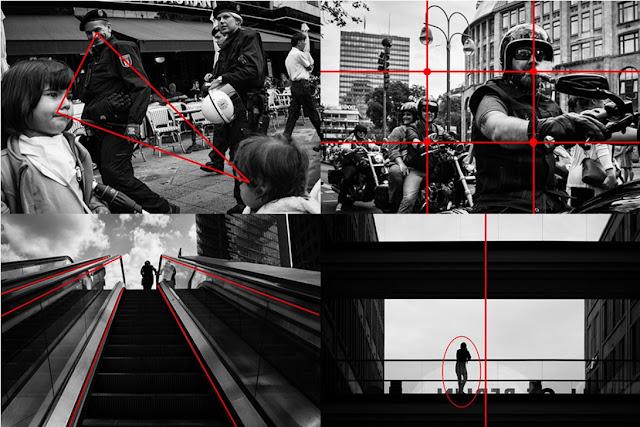5 Compositional Elements in Photography Aesthetics
Understanding Basic Aesthetics in Photography
A. Express your Opinion
When we talk about aesthetics, we mean that some things are generally more pleasing to the eye—whether it be in a photograph, painting, or sculpture.One thing that often happens when discussing the quality of pictures is that people are self-conscious about their own photographic abilities, and therefore think they can’t judge a picture. In my opinion, anyone can evaluate a picture and express whether they like it not; you don’t need to be an expert to convey your own views.
The difference between a photographer and anybody else is not their ability to notice beauty, it is that the photographer should also be able explain why some elements are pleasing while others are not. The understanding of aesthetics are ingrained in everybody. Anyone can see them, but only few can actually analyze a picture and are able to explain the compositional techniques to create a beautiful picture.
These techniques were not “invented” by some expert painters, they were discovered in many different disciplines. For example, the golden ratio is not only of importance in photography or paintings, but also in architecture, mathematics, and even in the arrangement of flowers. This means we can apply some of these universal rules to create pictures that, visually speaking, most human beings will find harmonic.
B. Compositional Elements
1. Leading Lines
2. Rule of Thirds
Slightly different than the golden ratio, the rule of thirds is an approximation and divides the image in three areas. It is often more pleasing to place the subject slightly off-center. This is not only meant in a horizontal aspect, meaning from left to right, but also in the vertical gradient from bottom to top.This leaves us with four intersections (top left, top right, bottom left, bottom right) where we want to place our subject “ideally.” In Street Photography, using the top coordinates allows us to show more from the subject, making them the most preferable points to focus our attention.
3. Triangles
Geometrical symbols help to control the flow of the picture. They build a basic framework for the viewer to follow, and create some dynamic movement because symbols like triangles or circles aren’t a dead end.4. Rule of Odds
The picture above already shows an example of three subjects that form a triangle. But it’s not only three subjects that are pleasant for a viewer—5 or even 7 points of interest can increase the aesthetic value of the image tremendously.5. Breaking Symmetry
C. Marking the Checklist
The listed compositional elements can help you create pictures that are aesthetically pleasing, and you don’t need to be born with an “exceptional eye” in order to see interesting images. Also, keep in mind that everybody has this sense of aesthetic. The difference is in being able to explain and recreate eye-pleasing pictures or paintings.Basic rules are also not an invention by some masterminds, but the codification of an easy way to create enough tension for a picture without being overwhelmingly chaotic. In other words: Having an aesthetically successful picture also doesn’t make it automatically great; it provides a beautiful framework to present the story.
About the author: Sebastian Jacobitz is a 27-year-old hobby Street Photographer from Berlin, capturing the everyday life in the city.







